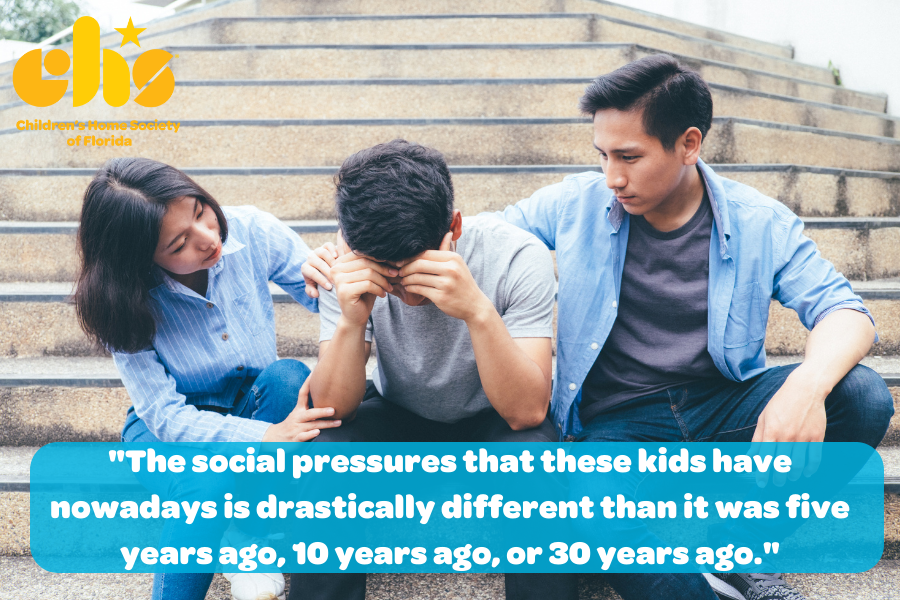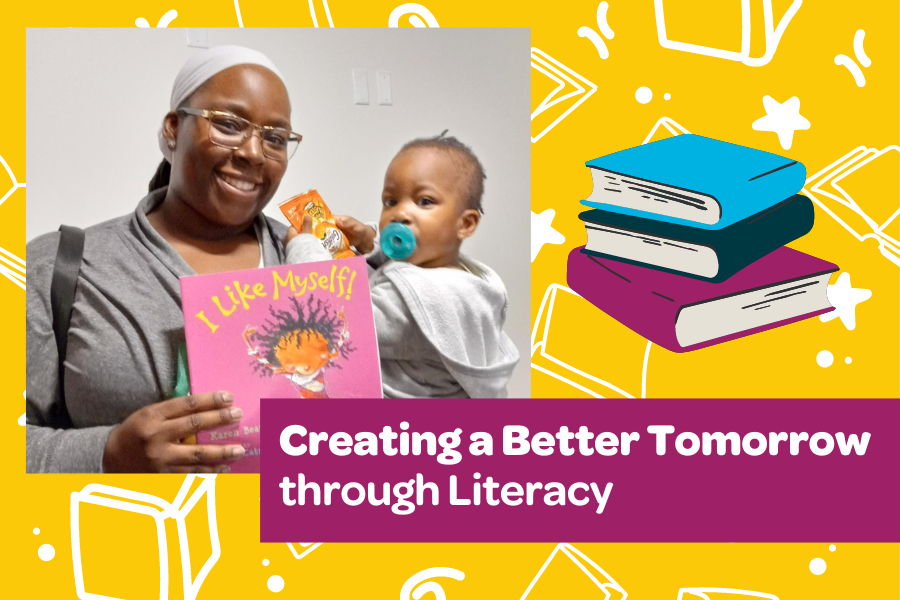JACKSONVILLE, Fla. – Six of the nine deadliest U.S. mass shootings since 2018 were committed by people 21 or younger, which according to researchers is a shift from trends in the earlier decades.
The shooting in North Carolina Thursday night resulted in the deaths of five people including an off-duty police officer is just the latest in a string of mass shootings committed by teenage boys or young men.
A 15-year-old in Raleigh opened fire in a residential neighborhood with a long gun and a handgun and caused an hours-long manhunt, according to police. Police have yet to determine the motive for the shooting.
News4JAX spoke to a local licensed child clinical social worker to learn answers about the factors that could be fueling this uprising trend in young adult shooters.
“The social pressures that these kids have nowadays is drastically different than it was five years ago, 10 years ago, or 30 years ago,” Branden Tharpe with the Children’s Home Society said. “So, these kids are facing something that we as adults don’t necessarily understand fully. They’re facing daily pressures when they’re at school and when they’re at home because they can’t necessarily get away with it like we were able to.”
Tharpe said he’s seeing an increase in teenagers with more anxiety and depression. Even though resources are available for help, he said many teens end up searching for answers online that lead them down the wrong path.
There’s also a lot of research about how teenagers’ brains aren’t fully developed until they’re 25 years old, which is critical to understanding the consequences of one’s actions and controlling their impulses.
“So, decisions that are made at younger ages, the prefrontal cortex is there to help with reasoning and helping the child understand cause and effect and what possibilities could happen. If it’s not fully developed, they might not be able to fully grasp that concept of ‘if I do this, this is going to happen to me,’” Tharp said
As investigators and researchers try to determine why these mass shootings keep occurring at the hands of teenage boys or young men, Tharp points out that oftentimes, there is no explainable reason for their violent acts.
Tharp also said pinpointing when an adolescent’s depression or anxiety turns violent is something that has to be evaluated on an individual basis because the signs are “different for each and every person.”
However, Tharpe did offer concerning signs that people can look out for in troubled children.
“If a child is being more reserved than ever before, not talking as much, changing grades, changing their social circles, if you’re seeing a drastic change in your child, those could be signs,” Tharpe said.
Help is available on many levels in North Florida from organizations like the Children’s Home Society to counselors available in schools and private physicians. If you know a teenager who you think is experiencing a mental health crisis, you can contact the Children’s Home Society.
By: Tarik Minor
Originally posted by News4Jax.










